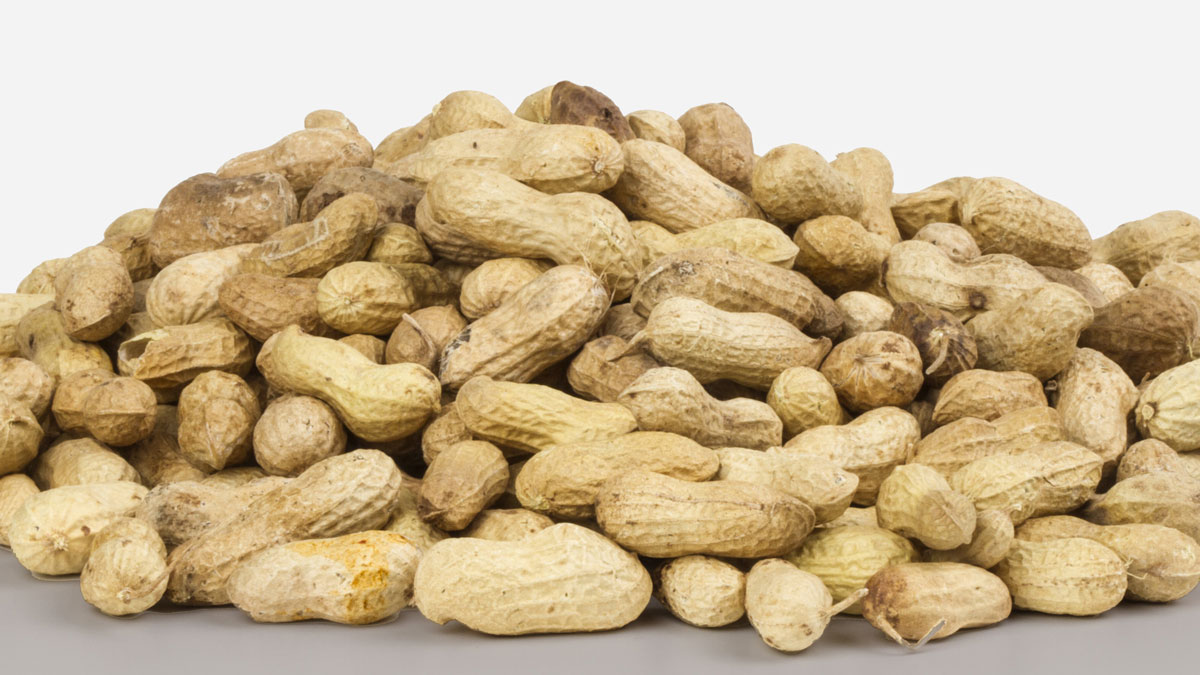
As industrial and manufacturing businesses increase their focus on sustainability initiatives and reducing energy costs, the exploration of using biomass material to replace coal and natural gas as an energy source has become a significant initiative. Research has found that one such biomass product – peanut hulls – have excellent fuel value and are both more environmentally friendly and cost-effective than coal. While a great source of energy, this alternative fuel source can also pose a dangerous safety risk: like many other fuel sources, peanut hull dust is highly combustible and material handling systems must be engineered to mitigate explosion risks.
In areas like the South where peanut farming and processing is big business, the peanut hull is an appealing and readily available source of energy for industrial clients, who are rapidly converting kilns and burners to accept ground peanut hulls that have been locally sourced. The design of safe materials handling systems is critical not only to comply with code requirements, but also to protect your facility and employees by reducing the likelihood of fires and explosions in your biomass storage and processing facilities.
In addition to ensuring your facility design complies with life safety and fire codes, I offer the following tips to establish a safe biomass dust handling environment:
- Take operational measures to provide smooth surfaces and regularly clean exposed dust accumulations to help prevent large secondary explosions.
- Select process equipment and dust collection equipment with adequate explosion venting and suppression.
- Implement spark detection, deflagration separation, and suppression to protect bins, conveyors, and dust collectors in your facility.
- Due to large system volumes and agent capacities, consider using low pressure CO2 systems as an effective suppression option at a lower installed cost.
It’s important to remember that dust explosions damage and destroy property and lives. Make sure your facility design is in compliance with NFPA 654, Standard for the Prevention of Fire and Dust Explosions from the Manufacturing, Processing and Handling of Combustible Particulate Solids.
As industrial and manufacturing companies continues to enact more energy-efficient and cost-effective measures, it is important to remember these tips when transforming what was once a waste stream into a valuable fuel. Making sure the system is designed to operate safely is key!
Clark Nexsen Industrial has extensive experience designing materials handling systems and adapting to the nuances of bulk material behavior. These handling characteristics and the methods employed to deal with them are often defined by such things as viscosity, slurry solids content, particle size, particle shape, ambient dust generation, friability, and combustibility. Our industrial group is familiar with a broad spectrum of pumping, conveying, and storage methods to address the needs of specified materials.
Robert Carlton, PE, FPE, leads our Industrial market and offers clients more than 35 years of experience in process, plumbing, and fire protection engineering. To speak with Robert, please call 478.743.8415 or email rcarlton@clarknexsen.com.
